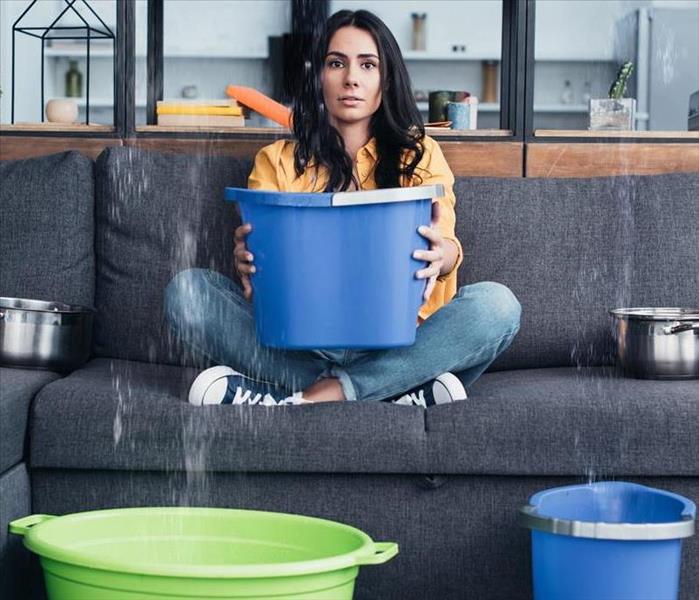Water in Home: How To Clean Wet Items
6/13/2022 (Permalink)
Whenever you have water in home it isn't just the structure of your home you have to worry about. You must also deal with all of your water-damaged belongings. Some water-damaged items must be replaced; however, if you use the correct techniques, some items can be saved.
Restoring Water-Damaged Items After Water in Home
It is important to act fast when you have water damage in your home. Within 24-48 hours mold and mildew can develop. Restoring your damaged property is a multi-step process:
1. Stop the Water
If the source of your water problem is a broken pipe or another leak, take steps to stop the water before you move on to drying out your property. You may need to shut off your home's water supply or board up or put a tarp over leaks while you wait for repairs.
2. Prioritize
Because it becomes more difficult to restore your property the longer it remains wet, start with the most important and fragile items first. Begin with any important documents, photographs and artwork you want to save. Next, sort through clothing and fabrics. Finally, examine appliances, furniture and electronics.
3. Start Indoor Air-Drying
If the weather isn't too humid, open the doors and windows of your home to increase air circulation. Set up fans and dehumidifiers to assist with the drying process.
4. Dry Papers and Photos
Spread papers out on top of clean, absorbent materials. As the papers dry, change out the towels or pads you are using to dry them. Gently rinse photographs with clean water and allow them to air-dry on plastic screens or paper towels.
Insert paper towels between the pages of books and then stand the books upright with the pages fanned open to dry. If you can't immediately begin drying papers, photos and books, you can slow down the damage by placing them in plastic bags in the freezer.
5. Call a Professional
Most artwork needs professional restoration services. You may also want to consider contacting a restoration service in Clearfield, UT, to help you restore any particularly valuable documents or photographs.
6. Clean Clothing and Other Fabrics
Brush any dirt and debris off fabrics that require dry cleaning and then take them to the dry cleaner. Run a full cycle using chlorine bleach, detergent and hot water to clean and disinfect your washing machine.
Rinse debris and mud from your damaged clothing and fabric items with a water hose. Use cold water and a heavy-duty detergent to run a pre-wash cycle. Wash clothing and fabrics in the hottest water that is safe for the material. If items still have dirt or stains, try washing them again.
7. Wash and Dry Wood Furniture
Use a hose to rinse your wood furniture and then apply wood alcohol or turpentine to prevent mold. Allow wood furniture to dry inside your home if possible. Placing wood furniture in the sun can cause it to warp. Upholstered furniture can be difficult to save. You may want to allow a restoration company to clean these items.
Despite your best efforts, you probably will not be able to save all of your belongings that have been damaged by water in home. However, if you take the proper steps you can save some items.




 24/7 Emergency Service
24/7 Emergency Service
